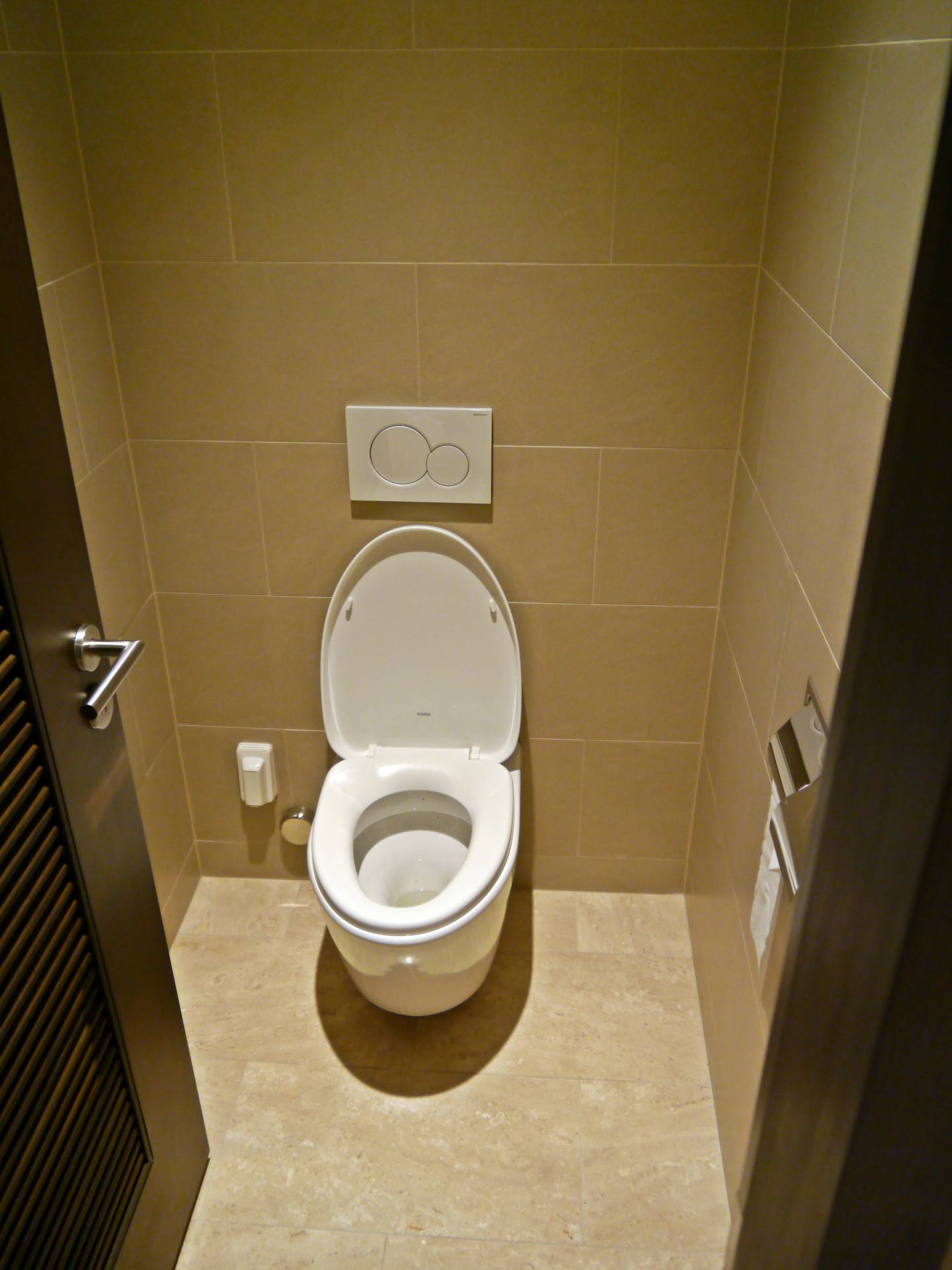
Clean Water, Smarter Toilets and Proper Hygiene Worldwide
For people in most Western societies, having access to clean water for multiple uses at any moment is a given — it's as close as the nearest faucet.
But while thousands of people spend hours every day looking for water, the lack of water for hygienic purposes impacts millions, a problem that is potentially deadly on a staggering scale.
This need is made even more sobering by statistics revealing that about 2 million tons of human waste are dumped in the nearest ditches, ponds, rivers and oceans every single day. One reason is that 2.5 billion people live in areas where sanitation is simply unavailable.1 It's a global crisis.
February 14, 2016 | Source: Mercola | by Dr. Mercola
For people in most Western societies, having access to clean water for multiple uses at any moment is a given — it’s as close as the nearest faucet.
But while thousands of people spend hours every day looking for water, the lack of water for hygienic purposes impacts millions, a problem that is potentially deadly on a staggering scale.
This need is made even more sobering by statistics revealing that about 2 million tons of human waste are dumped in the nearest ditches, ponds, rivers and oceans every single day. One reason is that 2.5 billion people live in areas where sanitation is simply unavailable.1 It’s a global crisis.
This compromises whatever clean drinking water there might available. This type of feces-laced water pollution results in cholera epidemics and contributes to rampant diarrhea, as well as typhoid outbreaks.
The infant mortality rate even in the U.S., sorry to say, is appalling. Today there are more than 6 infant deaths per 1,000 births, which is higher than 27 of the world’s wealthiest countries, and it’s directly related to poor hygiene due to lack of clean water and sanitation, according to WaterAid’s Healthy Start.2
The World’s Most Pressing Need: Clean, Running Water
Managing the water and sanitation requirements in some urban areas is a challenge that’s been out of control for decades. Developing and sustaining efficient water management is even more difficult because populations continue to grow. According to a UN report:3
• Half of humanity now lives in cities. Within two decades, nearly 60 percent of the world’s population — 5 billion people — will be urban dwellers.
• Urban growth is fastest in the developing world, where cities gain an average of 5 million residents each month.
• The population explosion in urban areas has created unprecedented challenges, of which limited access to clean water and sanitation may be the most urgent.
• Cities require a very large input of freshwater and in turn have a huge impact on freshwater systems.
• Cities are unsustainable without reliable access to safe drinking water and adequate sanitation.
It’s a crisis on an epic scale, but what can be done?
